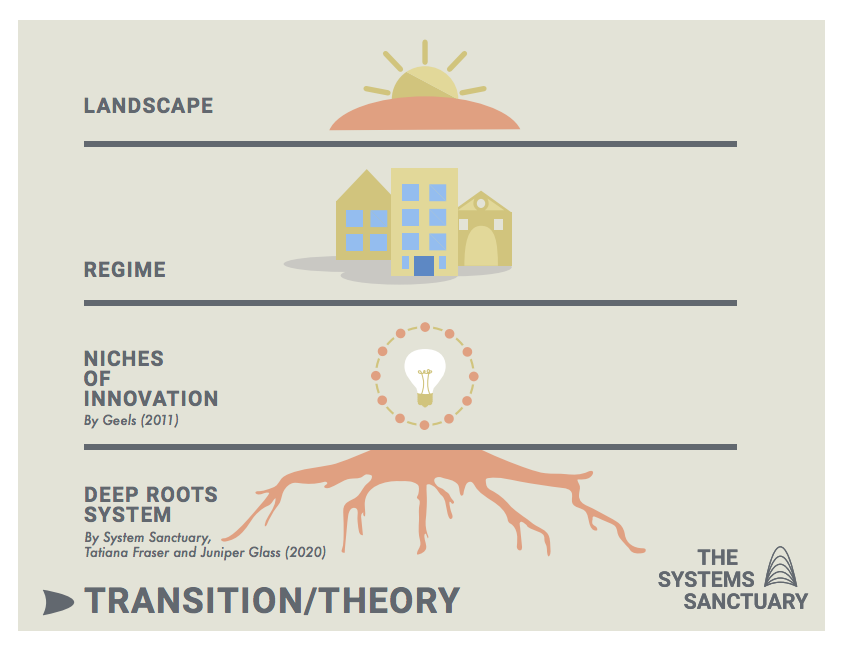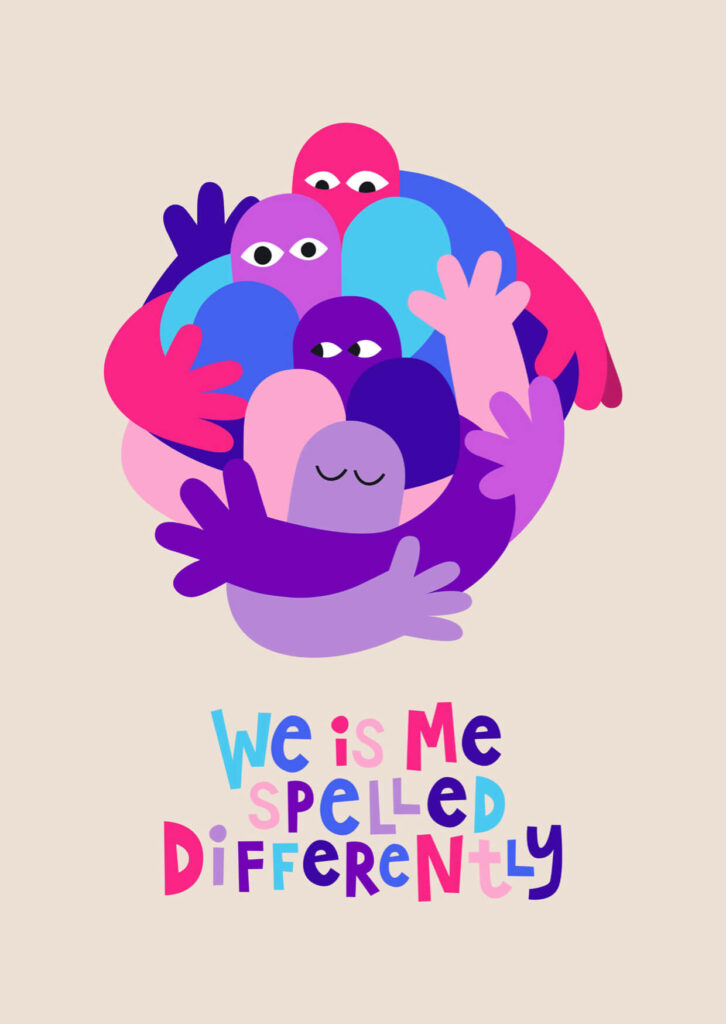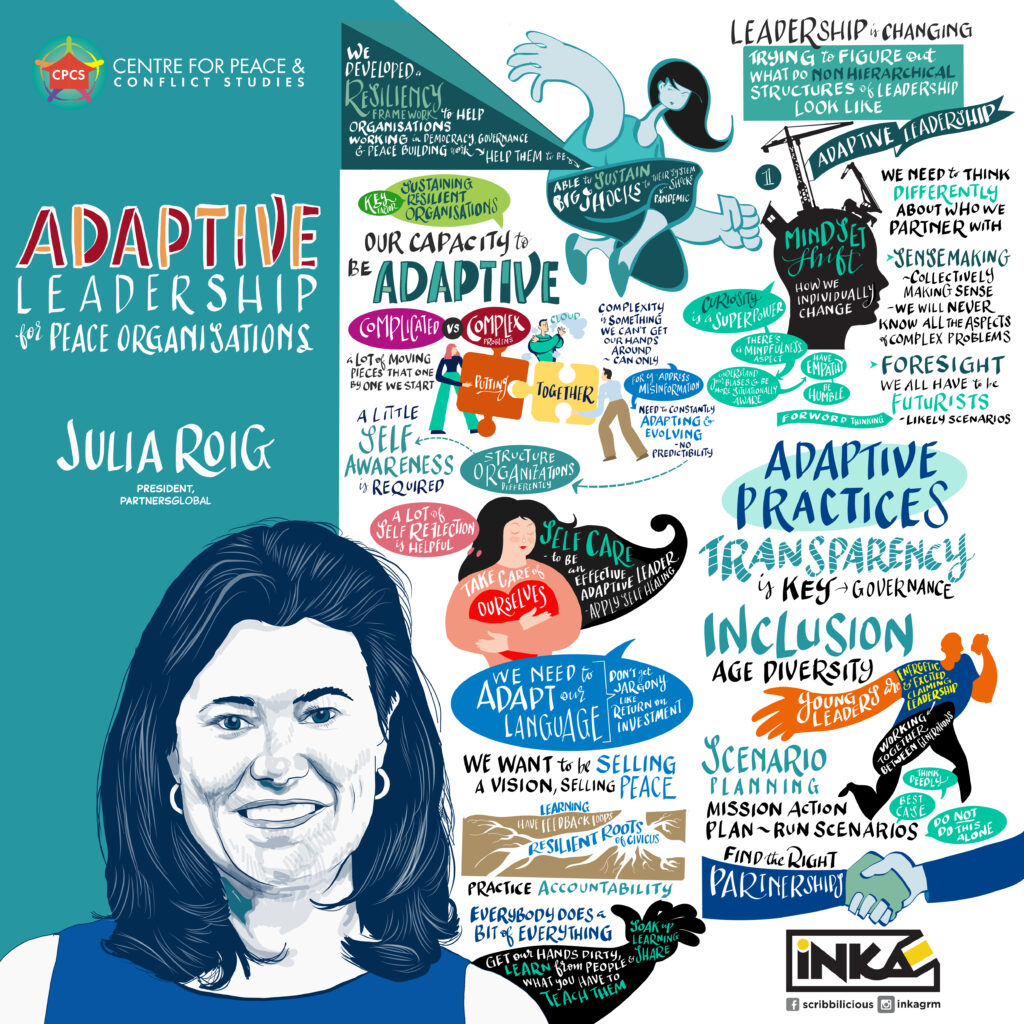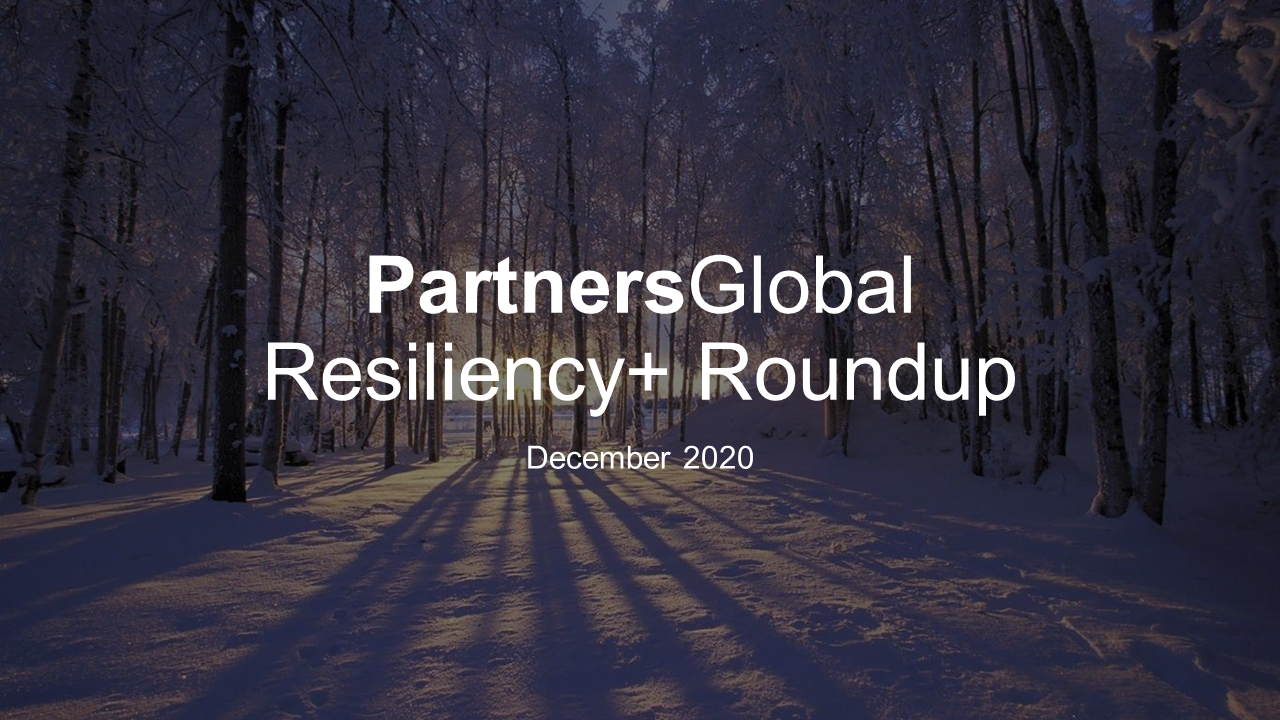PartnersGlobal Resiliency+ Roundup December
December 17, 2020
2020 has forced all of our organizations to flex our resiliency muscles. We have had to learn how to adapt to changes in funding, operations, programming and so much more, all while confronting a once-in-a-century pandemic causing disruption to the world as we know it.
To help our fellow civil society organizations weather their resiliency journeys and not only survive but thrive in this time of uncertainty, we have been curating some of the top resources in our Resiliency+ Roundup series. These resources are organized by the seven factors of civil society resiliency in PartnersGlobal’s Resiliency+ Framework.
We hope you are inspired by the tools and insights in our December issue! You can find links to previous Resiliency+ Roundups below this post.
Business Acumen: Entrepreneurial Mindset
Many of us in civil society are working to address and transform complex problems in equally complex and volatile environments. With this kind of work, a linear plan-and-execute approach is unlikely to work. This paper from ODI provides a playbook for navigating adaptive approaches in international development. These approaches “help by providing rhythms and processes for listening, learning, reflecting, making decisions and acting,” especially in the face of change and complexity.
Thinking like an entrepreneur means getting creative about your sources of revenue, which is especially important as donor priorities shift in light of the COVID-19 crisis and in-person fundraising events are no longer possible. In this Soapbox Engage post, Tim Forbes offers “6 Tips for Facebook Live Virtual Fundraising.”
Learn more about the Business Acumen factor in the Resiliency+ Framework here.
Situational Awareness: Systems Thinking
Andi Roberts has compiled a helpful “hub” of systems thinking materials, including books, websites, videos and more. Roberts acknowledges that there are many “flavours” or methodologies of systems thinking and therefore is trying to provide a general overview.
In this piece, Tatiana Fraser and Juniper Glass present a new, more holistic model of Socio-technical Transition Theory, a type of systems theory, that takes into account the lived experience of those in the system and the cultural dynamics at the grassroots, including the power held in this deeper level of the system. They say that change at the structural and political levels may not be sustained over time without profound shifts in this level of the system.

And in this guide, Systems Innovation gives readers an overview of how to use leverage points, or places to intervene, to bring about systemic change. Beyond just the basics, the guide offers specific theories and practices to make large-scale change.
Learn more about the Situational Awareness factor in the Resiliency+ Framework here.
Legitimacy: Radical Transparency and Constituent Engagement
Achieving organizational legitimacy often requires taking a deep look at entrenched narratives and practices, especially around issues of race and working with constituent communities of color. In The Racism Issue of the Change Agent journal, authors address issues of race in the social sector. “If your organization has been sitting on the sidelines, afraid or unsure of how or why to wade into the fray, this issue of Change Agent makes the case that now is the time,” write editors Michelle Norris and Sean Gibbons.
When something goes wrong in an organization, the natural tendency is to place blame. But blaming makes people more afraid to be open and honest, which reduces transparency and hinders innovation. The most resilient organizations, writes Marilyn Paul in the Systems Thinker, are able to shift from blame to accountability using systems thinking. This helps foster a culture of learning, increase transparency, and support an organization’s long-term health.
Learn more about the Legitimacy factor in the Resiliency+ Framework here.
Connectedness: Greater than the Sum of its Parts
Dark Matter Labs released a ‘manual of we’ to present a fuller understanding of the ways we can all can show up within networks and coalitions to allow members to better navigate conflict and feel comfortable sharing, critiquing, and building upon each other. The manual offers very practical guidance and tools according to four dimensions: (1) Decision-making; (2) Language; (3) Planning & Uncertainty; and (4) Organizational Structure.
Addressing our age of interconnected risks — from climate change to massive inequality — is beyond the capacity of individual actors
– Dark Matter Labs
Blythe Butler and Sami Berger from Collaborative Management, wrote about network governance as an empowerment tool in the fall edition of The Non-Profit Quarterly Highlighting the uniqueness of non-profit networks, the article discusses the importance and intricacies of governance that enables participation and adaptation as challenges and opportunities emerge.
Learn more about the Connectedness factor in the Resiliency+ Framework here.
Engaging the Narrative: Intentional Communications
In this article, Harmony Labs provides an easily understandable introduction to narratives, including several educational videos with specific examples of narrative analysis, and provides an overview of their new Narratives Observatory.
In observance of the International Day of Human Rights on December 10, Hope-Based Comms, in partnerships with Fine Acts commissioned a series of artwork to help reimagine human rights. Using a creative commons license, these beautiful and powerful works of artists from around the world are available to be downloaded and adapted by activists to use in their work and campaigns.

Learn more about the Engaging Narratives factor in the Resiliency+ Framework here.
Resilience Ethos: Embracing Uncertainty
Sociocracy 3.0 is social technology platform for evolving agile and resilient organizations at any size, from small start-ups to large international organizations. The platform includes free resources in many languages to support organizations to reflect on various principles, concepts, and patterns, to help make sense of what’s going on in your organization, to better navigate complexity, and improve collaboration.
In this article, Bridgespan provides helpful insights into the interrelated elements of nonprofit operating models: structure and accountabilities, management systems, ways of working, and enablers that support key capabilities. Using a case study approach, Bridgespan describes the operating model of a non-profit network, and provides several tools to use for improvement.
Learn more about the Resiliency Ethos factor in the Resiliency+ Framework here.
Adaptive Capacity: Preparing for the Unknown
A year ago, no one could have anticipated what was in store for 2020. No organization could have designed a perfect contingency plan to adapt to a once in a century pandemic. This is where Adaptive Capacity, and particularly Adaptive Leadership comes in. For insights on what Adaptive Leadership looks like in practice, check out this presentation on Adaptive Leadership by PartnersGlobal’s President & CEO Julia Roig at the 9th Asian Peace Practitioners’ Research Conference.

Learn more about the Adaptive Capacity factor in the Resiliency+ Framework here.
Read more Resiliency+ Roundups below!
